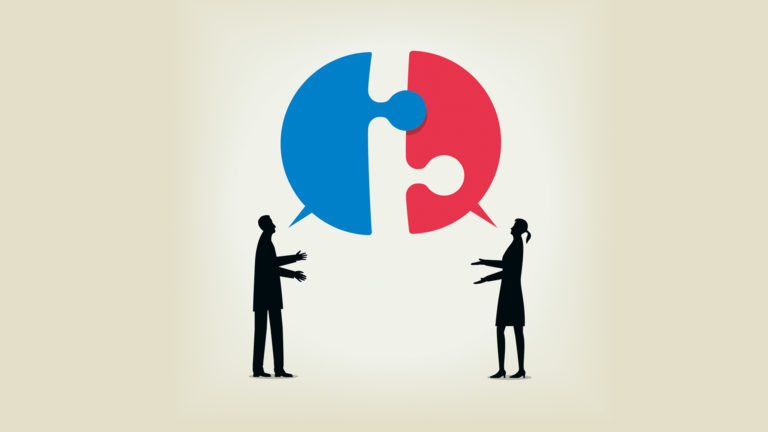Únase a getAbstract para acceder al resumen.

Únase a getAbstract para acceder al resumen.
Don Gabor
How to Start a Conversation and Make Friends
Fireside, 2001
¿De qué se trata?
How to step away from the sidelines, get into the conversation and connect with other people.
Recommendation
The easiest way to get to know people is through conversation. Don Gabor outlines the basics of engaging in conversation, and provides tips and techniques to help you overcome initial shyness, ease your way into good conversations and, thereby enhance your business and social life. He applies plenty of practical troubleshooting advice to many typical conversational scenarios, and points out some potential roadblocks that can impede good conversation. Before you even open your mouth, you need to become aware of your body language and that of others. Gabor suggests ways to build up your sensitivity to nonverbal communication so you can apply various conversational techniques, such as “active listening” and scoping for “hot button” topics to start, build up and maintain a dialogue. getAbstract recommends this primer as a quick boost to help you reach out and connect with people in all settings.
Summary
About the Author
Don Gabor is a communications expert who has written several self-help books, including Talking with Confidence for the Painfully Shy and Speaking Your Mind in 101 Difficult Situations.



















Comment on this summary